Rabbits, while adorable and often associated with peaceful rural scenes, can be a significant problem for gardeners, farmers, and homeowners. Their voracious appetites and prolific breeding make them highly capable of causing substantial damage to crops, ornamental plants, and landscaping. If you’re dealing with rabbit-related issues, it’s essential to explore effective, humane, and environmentally friendly rabbit deterrents.
This article will delve into the various methods available to deter rabbits from gardens and properties. We will focus on solutions that are both sustainable and safe for the ecosystem, emphasizing natural and non-toxic options that benefit both humans and wildlife. From physical barriers to organic repellents, there are numerous ways to create a rabbit-free zone without harming the environment.
1. Understanding Rabbit Behavior: Why Are Rabbits a Problem?
Before discussing rabbit deterrents, it’s crucial to understand why rabbits are so adept at becoming pests in human-managed environments. Rabbits are herbivores that consume a wide variety of plants, from grass and weeds to vegetables and flowers. Their adaptability and breeding rates allow them to thrive in both rural and suburban settings.
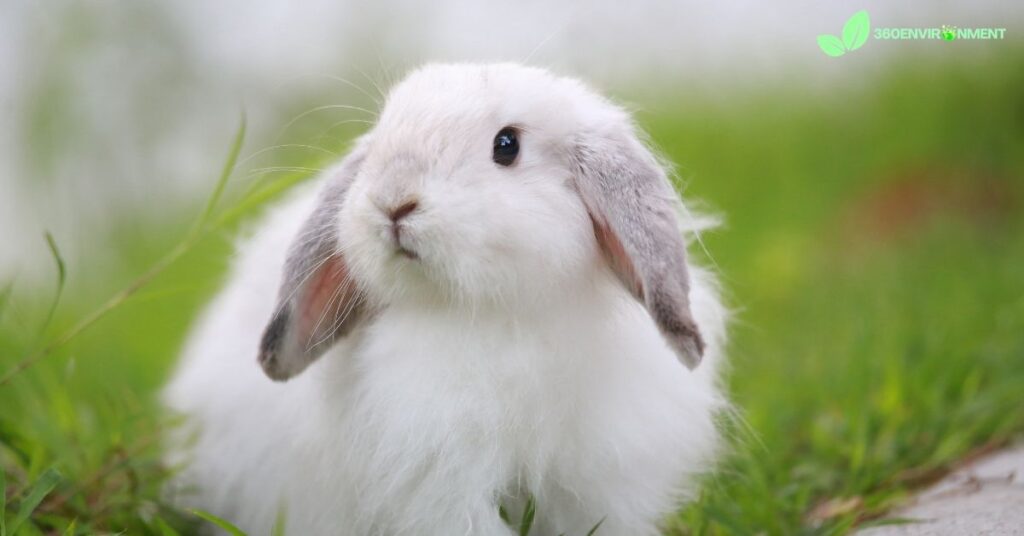
1.1. Common Rabbit Species as Garden Pests
Several rabbit species can become problematic for gardens, but the most common culprits include:
- Eastern Cottontail Rabbit (Sylvilagus floridanus): Native to North America, these rabbits are highly adaptable and can thrive in both urban and rural areas.
- European Rabbit (Oryctolagus cuniculus): Introduced in various regions, including Australia and New Zealand, the European rabbit has become an invasive species, wreaking havoc on ecosystems.
- Desert Cottontail Rabbit (Sylvilagus audubonii): Found in arid regions, this species is also known to invade gardens in search of water-rich plants and vegetables.
1.2. Why Do Rabbits Target Gardens?
Rabbits are opportunistic feeders, and gardens provide an abundant food source. Tender young plants, vegetables, and flowers are highly attractive to rabbits due to their high nutritional value and ease of access. Unlike in the wild, where rabbits must forage through less desirable vegetation, gardens offer an all-you-can-eat buffet.
Additionally, gardens often lack natural predators, giving rabbits the freedom to graze without fear. This can lead to overpopulation and significant destruction of crops, flowers, and other plants.
2. The Importance of Humane Rabbit Deterrent Methods
When dealing with wildlife, including rabbits, it’s important to choose humane deterrent methods. Killing or harming animals can upset the balance of local ecosystems and may lead to unintended consequences, such as the proliferation of other pests.
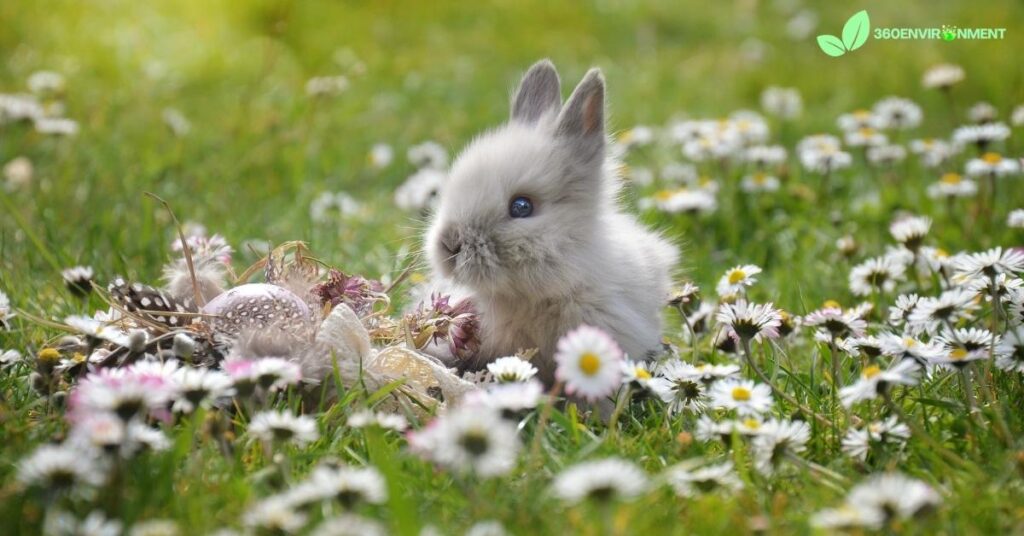
2.1. The Environmental Impact of Lethal Methods
Traditional methods of pest control, such as poisons and traps, can have severe environmental consequences. Poisons, in particular, can harm non-target species, such as birds, beneficial insects, and even pets. The use of lethal traps can also harm other wildlife, such as squirrels or chipmunks.
Opting for sustainable and humane rabbit deterrent methods not only prevents harm to rabbits but also protects the broader ecosystem. Moreover, humane methods are often more effective in the long run, as they prevent future infestations by deterring rather than eliminating the animals.
2.2. Non-Toxic and Sustainable Deterrents
Sustainable rabbit deterrents rely on methods that work with nature rather than against it. These solutions are designed to repel rabbits without causing harm, using physical barriers, scent-based repellents, and other eco-friendly strategies that are safe for humans, pets, and wildlife.
3. Physical Barriers as Rabbit Deterrents
One of the most effective ways to prevent rabbits from accessing your garden is by creating physical barriers. While this approach requires initial effort and investment, it can provide long-term protection without the need for ongoing maintenance or chemical interventions.

3.1. Fencing
Fencing is the most reliable method for keeping rabbits out of a garden. However, it’s important to use the right type of fence and install it correctly.
3.1.1. Materials for Rabbit-Proof Fencing
- Chicken wire: A sturdy option, chicken wire with holes no larger than 1 inch in diameter is highly effective at keeping rabbits out.
- Hardware cloth: This material is stronger and more durable than chicken wire, providing longer-lasting protection.
- Plastic netting: While not as durable as metal options, plastic netting can be a temporary or lightweight option to deter rabbits from specific areas.
3.1.2. Proper Installation of Fences
Rabbits are skilled diggers and can squeeze through small openings, so fences must be installed correctly to be effective:
- The fence should be at least 2-3 feet high to prevent rabbits from jumping over.
- Bury the bottom of the fence 6-12 inches below ground to prevent rabbits from digging underneath.
- Consider bending the buried portion of the fence outward in an L-shape to make it harder for rabbits to dig through.
3.2. Raised Garden Beds
Another physical barrier that can deter rabbits is using raised garden beds. By elevating the plants, you make it more difficult for rabbits to access them. Raised beds with walls made from wood, stone, or metal can add an extra layer of protection, especially when combined with fencing or netting.
3.3. Row Covers and Plant Guards
For smaller plants, using row covers or individual plant guards can be an effective rabbit deterrent. Row covers are lightweight fabric sheets that are draped over plants to prevent rabbits and other pests from accessing them. These covers also help protect plants from harsh weather conditions, making them a dual-purpose solution.
Plant guards, such as plastic tubes or mesh coverings, can be placed around individual plants to protect them from nibbling. These are especially useful for young plants, which are often more vulnerable to rabbits.
4. Natural Rabbit Repellents
In addition to physical barriers, natural repellents can effectively keep rabbits at bay. These repellents use scents, tastes, or textures that rabbits find unpleasant, encouraging them to avoid the treated areas. Best of all, they are eco-friendly and pose no harm to the environment.
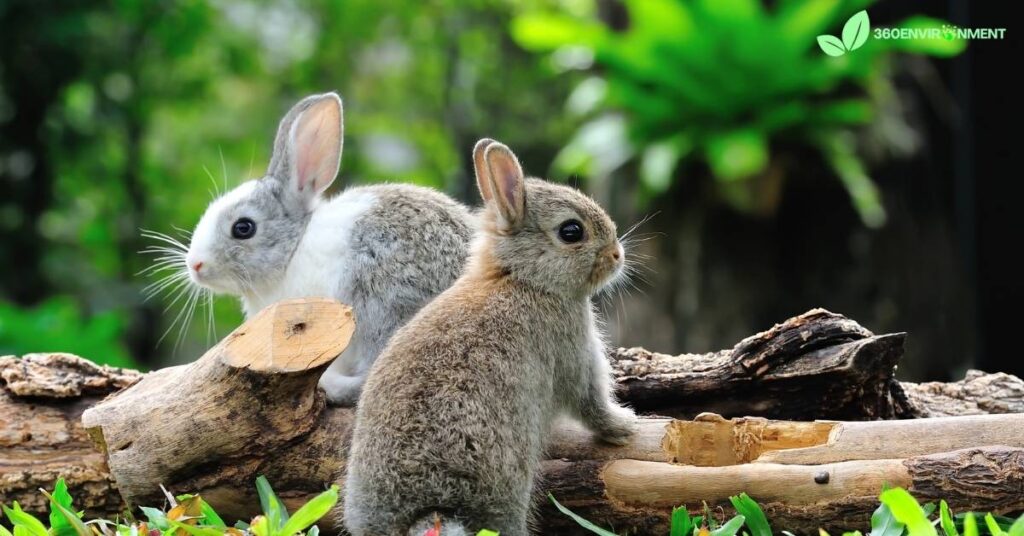
4.1. Scent-Based Repellents
Rabbits have a strong sense of smell, and certain odors can be highly effective in deterring them from gardens. Many natural repellents use predator scents or strong-smelling plants to drive rabbits away.
4.1.1. Predator Urine
Predator urine, such as coyote or fox urine, is one of the most effective scent-based repellents for rabbits. These scents trigger a fear response, as rabbits associate the smell with danger. Predator urine is available in liquid form and can be sprayed around the perimeter of the garden.
However, keep in mind that scent-based repellents may need to be reapplied regularly, especially after rain, to maintain their effectiveness.
4.1.2. Garlic and Onion Sprays
Garlic and onion have strong odors that rabbits find unappealing. You can create a natural spray by mixing crushed garlic or onion with water and a few drops of dish soap to help the mixture adhere to plants. Spray this solution around the garden or directly on plants to deter rabbits.
4.2. Taste-Based Repellents
Some plants and natural substances are bitter or spicy to rabbits, discouraging them from feeding on treated plants.
4.2.1. Capsaicin (Hot Pepper) Sprays
Capsaicin, the compound that makes hot peppers spicy, can be used as a rabbit deterrent. Mixing hot pepper flakes or hot sauce with water and a little dish soap creates a spray that can be applied to plants. The spicy taste will deter rabbits from eating the treated foliage.
Be cautious when using capsaicin sprays, as they can irritate the skin and eyes of humans and pets. Make sure to wash hands after handling the spray and avoid contact with sensitive areas.
4.2.2. Soap or Egg-Based Repellents
Soap or egg-based solutions can also work as taste-based rabbit deterrents. Some gardeners hang bars of strong-smelling soap around their gardens, which can deter rabbits both through taste and smell. Similarly, egg-based sprays create a foul taste and odor that discourages rabbits from nibbling on plants.
4.3. Planting Rabbit-Resistant Species
Another sustainable method for deterring rabbits is by planting species that rabbits find unappealing. These plants can either have strong scents, bitter tastes, or tough, spiky leaves that make them difficult to eat.
4.3.1. Examples of Rabbit-Resistant Plants
- Lavender: Known for its strong scent, lavender is a great rabbit deterrent. Its aromatic oils are unpleasant to rabbits, but it’s a beautiful and fragrant addition to any garden.
- Marigolds: The pungent scent of marigolds can help keep rabbits away from your garden. They also add a bright, cheerful look to garden beds.
- Foxglove: This toxic plant can deter rabbits due to its bitter taste and toxicity when ingested. Be cautious, as it’s also poisonous to pets and humans.
- Thyme and Rosemary: These aromatic herbs are rabbit-resistant and provide the added benefit of being useful in cooking.
By strategically planting these rabbit-resistant species around the garden, you can create a natural barrier that deters rabbits without the need for chemicals or fences.
5. Using Companion Planting as a Rabbit Deterrent
Companion planting is a gardening technique that involves growing certain plants together to enhance growth, deter pests, or improve flavor. When it comes to rabbit deterrence, companion planting can help keep rabbits at bay by incorporating plants that naturally repel them.
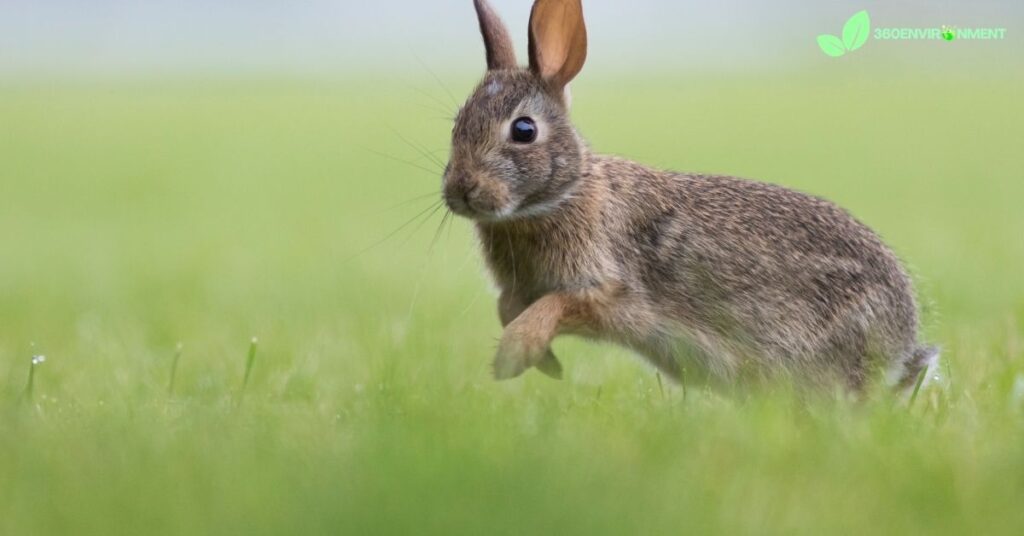
5.1. Companion Planting Strategies
- Barrier Plants: Plant strong-smelling herbs like mint, oregano, or basil around the perimeter of the garden to act as a natural barrier. Rabbits tend to avoid these plants, which can protect more vulnerable crops inside the garden.
- Distracting Rabbits: Another approach is to plant sacrificial crops away from your primary garden. These crops, which are particularly attractive to rabbits (such as clover or alfalfa), can lure them away from your valuable plants.
- Integrated Systems: Pairing rabbit-resistant plants with vulnerable species can reduce rabbit damage. For instance, planting marigolds near lettuce or spinach can help protect these tender vegetables from rabbit attacks.
6. Environmental Considerations and the Role of Rabbits in Ecosystems
While rabbits can be garden pests, it’s important to remember that they play a vital role in many ecosystems. They serve as prey for a variety of predators, including hawks, foxes, and snakes, and their grazing habits can help maintain plant biodiversity in natural landscapes.
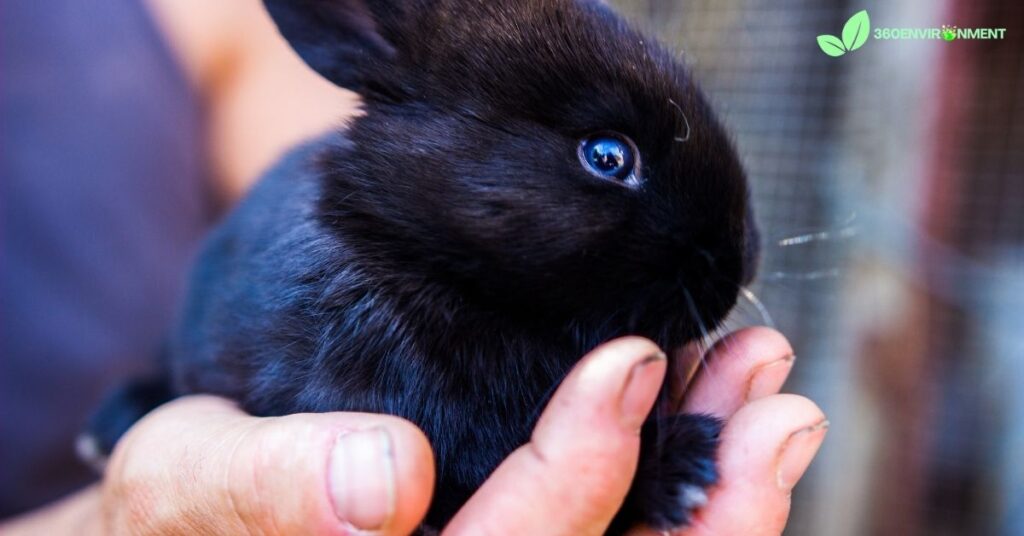
6.1. Balancing Deterrence with Ecological Preservation
When implementing rabbit deterrent strategies, it’s crucial to avoid methods that harm the ecosystem. For example, using chemical repellents or poisons can have unintended consequences on other wildlife, including beneficial species like pollinators and predators. Sustainable rabbit deterrent methods, such as fencing, natural repellents, and companion planting, strike a balance between protecting gardens and maintaining a healthy ecosystem.
7. Conclusion: Sustainable and Humane Rabbit Deterrent Strategies
Rabbits, while charming in appearance, can cause significant damage to gardens and crops. However, with the right strategies in place, it’s possible to deter rabbits without resorting to harmful or environmentally damaging methods. By using physical barriers, natural repellents, and companion planting, you can protect your garden in a way that is humane and sustainable.
Choosing eco-friendly rabbit deterrent solutions not only safeguards your plants but also protects the broader environment, ensuring that your garden remains a haven for both humans and wildlife.
Read More: Are Squirrels Nocturnal? Exploring the Activity Patterns and Environmental Roles of Squirrels

